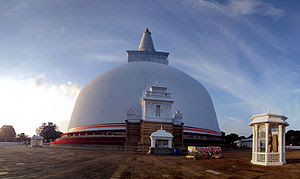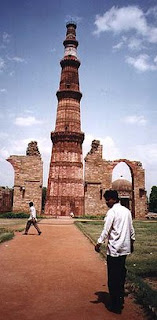There is no doubt that world’s debt to India is immense. Many good things
have been said, rightly so, about this country by scholars, scientists and
great men of the world. Below are some of the famous quotes on India.
"India is the cradle of the human race, the
birthplace of human speech, the mother of history, the grandmother of legend,
and the great grandmother of tradition. Our most valuable and most instructive
materials in the history of man are treasured up in India only."
-
Samuel Langhorne Clemens, better known by his pen name Mark Twain. American Author
"India was the motherland of our race, and
Sanskrit the mother of Europe's languages: she was the mother of our
philosophy; mother, through the Arabs, of much of our mathematics; mother,
through the Buddha, of the ideals embodied in Christianity; mother, through the
village community, of self-government and democracy. Mother India is in many
ways the mother of us all".
-
Will Durant, American writer and historian
We owe a lot to the Indians, who taught us how to
count, without which no worthwhile scientific discovery could have been made.
-
Albert Einstein, American scientist
If I were asked under what sky the human mind has
most fully developed some of its choicest gifts, has most deeply pondered on
the greatest problems of life, and has found solutions, I should point to India.
-
Max Mueller, German scholar:
If there is one place on the face of earth where
all the dreams of living men have found a home from the very earliest days when
man began the dream of existence, it is India.
-
Romain Rolland, French scholar.
India - The land of Vedas, the remarkable works
contain not only religious ideas for a perfect life, but also facts which
science has proved true. Electricity, radium, electronics, airship, all were
known to the seers who founded the Vedas.
- Wheeler Wilcox, American Poet
India conquered and dominated China culturally for
20 centuries without ever having to send a single soldier across her border.
-
Hu Shih, former Ambassador of China to
the US.







